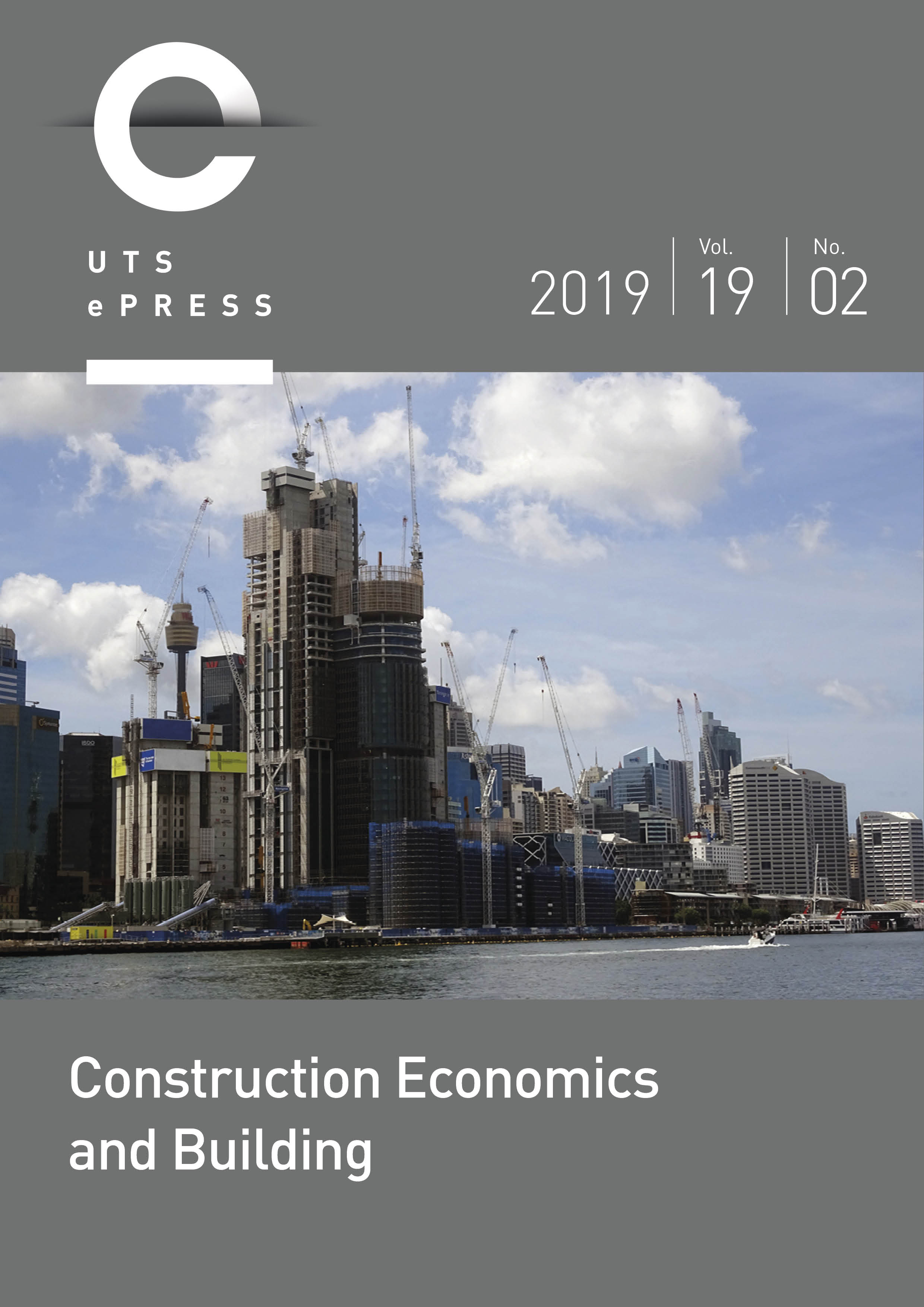Life cycle carbon emissions and comparative evaluation of selected open source UK embodied carbon counting tools
Main Article Content
Abstract
Life cycle carbon emissions (LCO2), made up of operational and embodied carbon, have become a major metric of building environmental performance and energy efficiency. Whilst there are now standard methods for operational carbon assessment due to its significance in LCO2, there is still less emphasis on embodied carbon counting. However, the relative contribution of embodied carbon is on the rise as buildings become increasingly energy efficient. Following the rule that only something which is measurable is manageable, it is essential that we are able to accurately count embodied carbon. This study therefore reviews the concept of LCO2 in buildings and further investigates the open source UK tools for embodied carbon counting. A comparative evaluation case study, which validates an earlier review, showed that there is no logic and consistency in the carbon figures produced by embodied carbon counting tools. This is mainly due to different system boundaries, varying underlying assumptions and methodological differences in calculation. The findings suggest that an industry-agreed data structure and common methodology is needed for embodied carbon counting. Generally, the study provides insights into the use and capabilities of the identified open source UK embodied carbon counting tools, and is relevant to the on-going debate about carbon regulation.
Article Details
Section
Authors who publish with this journal agree to the following terms:
a) Authors retain copyright and grant the journal right of first publication with the work simultaneously licensed under a Creative Commons Attribution License that allows others to share and adapt the work with an acknowledgement of the work's authorship and initial publication in this journal.
b) Authors are able to enter into separate, additional contractual arrangements for the non-exclusive distribution of the journal's published version of the work (e.g., post it to an institutional repository or publish it in a book), with an acknowledgement of its initial publication in this journal.
c) Authors are permitted and encouraged to post their work online (e.g., in institutional repositories or on their website) prior to and during the submission process, as it can lead to productive exchanges, as well as earlier and greater citation of published work (See The Open Access Citation Advantage Service). Where authors include such a work in an institutional repository or on their website (ie. a copy of a work which has been published in a UTS ePRESS journal, or a pre-print or post-print version of that work), we request that they include a statement that acknowledges the UTS ePRESS publication including the name of the journal, the volume number and a web-link to the journal item.
d) Authors should be aware that the Creative Commons Attribution (CC-BY) License permits readers to share (copy and redistribute the work in any medium or format) and adapt (remix, transform, and build upon the work) for any purpose, even commercially, provided they also give appropriate credit to the work, provide a link to the license, and indicate if changes were made. They may do these things in any reasonable manner, but not in any way that suggests you or your publisher endorses their use.
